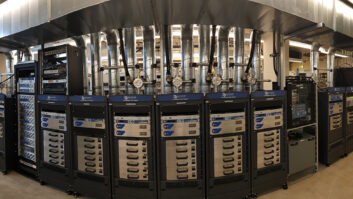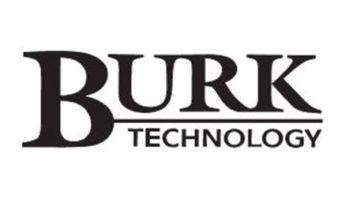Amid the honeymoon excitement on the part of stations newly wed to HD Radio, another digital radio technology celebrated its coming-out at NAB.
FMeXtra from Digital Radio Express uses the standard subcarrier region of the FM spectrum to create a digital audio or data service. With demo radios on the floor, and no need for an FCC rulemaking to allow its use, this concept seems ready for the marketplace. We welcome the new technology and the possible benefits it can provide to stations.
Digital Radio Express, in developing this system, makes the case that analog FM transmissions are still the dominant form of radio broadcasting. Given that literally billions of analog radios are in use, and only a tiny fraction of new radios being sold include the HD Radio receiver technology, DRE argues that analog radio is not going away any time soon. By maintaining compatibility with the HD Radio system, there is room for FMeXtra to provide its own niche digital services now. Many participants at the NAB Broadcast Engineering Convention seemed to agree.
For stations offering foreign-language services on their subcarriers, FMeXtra claims to improve the quality and coverage area by using digital transmission techniques. For public radio stations, FMeXtra could be used to provide a reading service, it says; ancillary data rates of up to 64 kbps for graphics or traffic reports can be delivered on a standard FM stereo signal.
After the NAB convention, Radio World took some heat in some circles for not awarding this new technology a “Cool Stuff” award.
Those awards are decided by radio engineering judges, not by those who produce this page. However, it’s reasonable to note the reservations about the long-term viability of the FMeXtra technology. HD Radio now has hundreds of stations on the air and broadcasting, with hundreds more committed to conversion. It appears there is a strong momentum for Ibiquity’s version of digital radio among major groups and noncoms. The use of multiple audio channels is being embraced as part of the HD Radio system; and receivers are being produced that can provide similar services to what FMeXtra would.
Finally, we must not forget that the final step for HD Radio is to move beyond the hybrid mode and use the analog portion of the FM spectrum for expanded data and audio channels. It is in this final phase of digital broadcasting that coverage and data rate improvements promise to provide the payoff that moves radio away from analog broadcasting. FMeXtra only has a short time to prove its viability, at least in the U.S. marketplace, before it will have to face off with a technology that is gaining ground and with which it would be incompatible in an all-digital future.
Nevertheless, FMeXtra deserves a close look.
– RW












